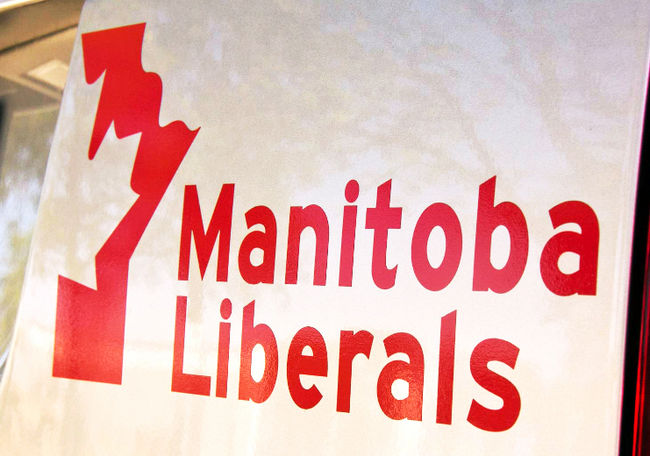Recently I wrote that the Manitoba Liberal Party has one last opportunity to become relevant in the wake of a declining New Democratic Party. With that in mind I think it’s worth taking a look at what affect a resurgent Liberal Party would have on the Manitoba political scene.
[related_content slugs=”do-or-die-the-last-gasp-of-the-manitoba-liberals” description=”More from Kelly McCrae” position=”right”]
Success for the Manitoba Liberals is not the same for the New Democrats and the Progressive Conservatives. While the NDP and PCs will approach the next election as a race to form government, a successful election for the Liberals in a first election for a new leader would be gaining official party status (4 seats in the legislature) and maybe 20 per cent of the popular vote. When the Liberals are drawing that kind of support it can have huge implications on the outcome of a Manitoba election.
The strength of the Manitoba Liberals played a large part in the election of PC governments in the ’90s. Under Sharon Carstairs the party surged to 20 seats with 36 per cent of the popular vote in 1988. While losing a lot of ground in 1990 the party kept 7 seats and 28 per cent of the popular vote. After Carstairs vacated the leadership the party was still able to keep 3 seats and a respectable 24 per cent under Paul Edwards. With the Liberals splitting the centre-left vote, Gary Filmon’s Progressive Conservatives were able to form one minority and two majority governments while never achieving more than 43 per cent of the popular vote, which is less than Hugh McFadyen’s PCs picked up in the 2011 election. It is also interesting to note that with the Liberal surge of 1988 the PCs formed a minority government with 2 per cent less votes than they had in the 1986 election.
The scenario the keeps the federal Conservatives in power in Ottawa is very similar to what went on in Manitoba in the 1990s. The left split and allowed the PCs to form government with less popular support than the NDP has ever had since being elected in 1999. The downfall of the Liberals has essentially done just as much damage to the PCs electoral hopes as it has to their own.
Progressive Conservatives don’t necessarily need to hinge their hopes on a Liberal revival. Sterling Lyon’s PC government was elected in 1977, an election that saw the Liberals lose four seats and had their popular support drop to 12 per cent from 19 per cent. The downside to that election for PCs though, is in 1981 the Liberal vote collapsed even further. The party lost their only seat and ended up with a lowly 6.7 per cent a number dangerously close to the 7.52 per cent result in 2011. 1981 saw the Lyon PC government defeated from office after only one term, the only one term government in the province’s history and the NDP was back in power.
Despite the fact that historically a strong Manitoba Liberal Party has been beneficial to the PCs, the party has continually targeted Liberal seats. A strong campaign in 2011 in River Heights against leader John Gerrard meant the leader was busy with his troops fighting to hold onto his own seat instead of working to elect the Liberal candidate in Tyndall Park, a new riding that contained parts of very popular former Liberal MLA now Member of Parliament, Kevin Lamoureux’s, old Inkster riding. With the NDP winning Tyndall Park they increased their seat majority further and Gerrard hanging onto River Heights it was a double whammy for the PCs.
The PCs are clearly not relying on the Liberals to become a force again and split the left wing vote, but they’ve never been able to win enough support in voter rich Winnipeg to win on their own. The Liberals obviously aren’t fighting elections to help elect Conservatives but under the right conditions they may be able to reduce the government to a minority, in which case like 1988 they would be able to play a pivotal role in shaping the government’s agenda.
—
Kelly McCrae is a former PC caucus staffer and is currently a public affairs consultant with Grey Owl Public Affairs. Follow him at: @kellymccrae
